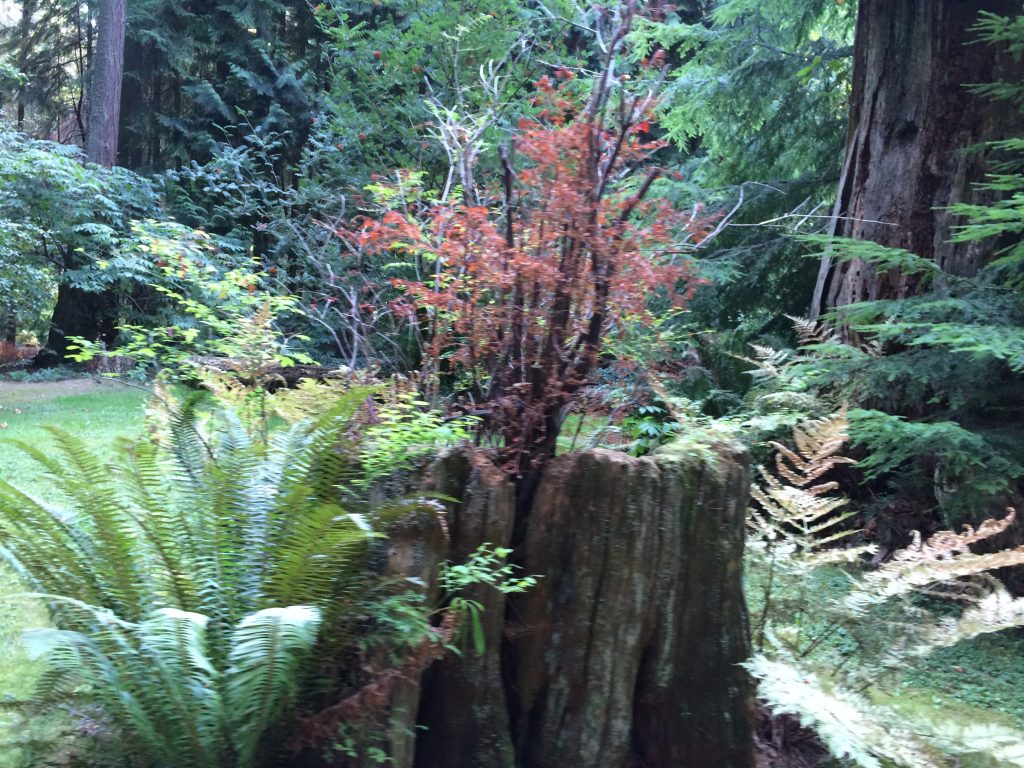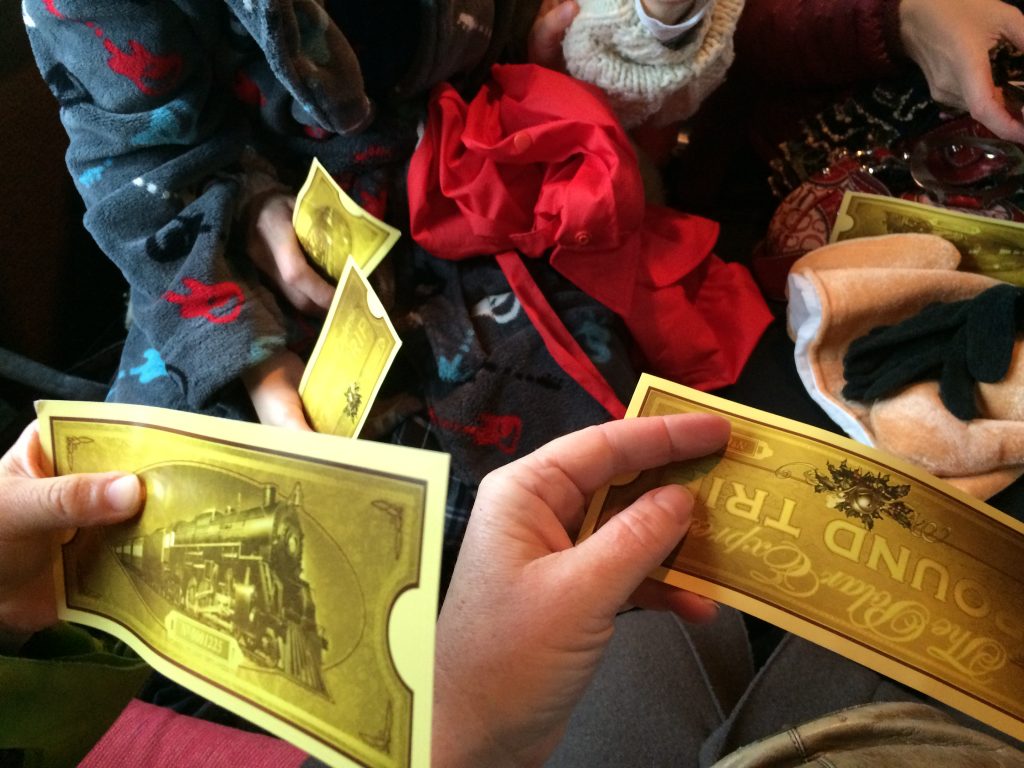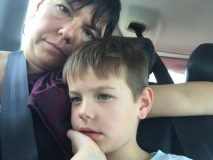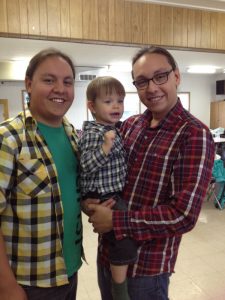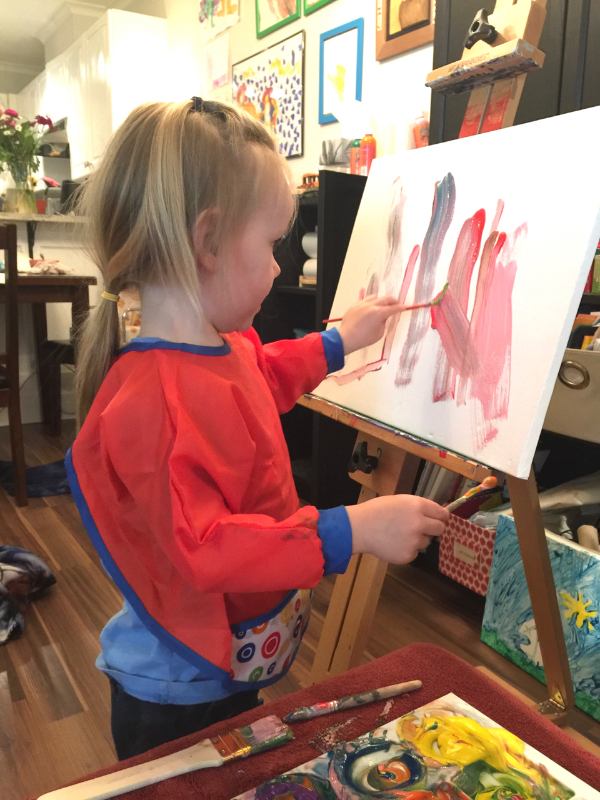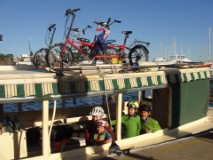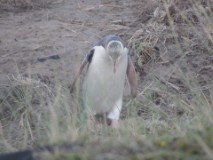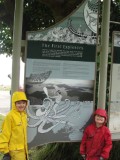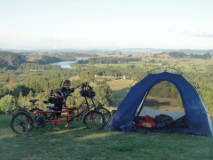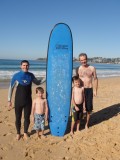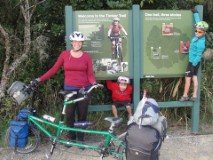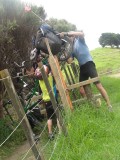According to some meteorologists, we’re heading into another long, hot summer with tempestuous weather patterns. Whether those predictions turn out to be correct, no one can deny that there is growing concern about climate change including the potential for melting ice caps in the Arctic, reduced snow in winter and increased risk of drought and flood. And it’s not just the weather “experts” talking about climate change. Did you happen to catch Leonardo DiCaprio’s climate change threat speech during his golden Oscar moment? Or the fact that the new Federal Liberal government created a new ministerial title called “Minister of Environment and Climate Change”?
I don’t know about you, but I found it rather depressing last summer to look at brown lawns by early July and, by August, to hear radio advertising encouraging us to shower less. If there are ways for us to leave a lighter footprint and help combat climate change, I’m all for it.
Grow your own garden
Like most Canadians, you probably enjoy spending at least part of your summer playing in the great outdoors, and there are a lot of local ways to do just that that are not too expensive and may even help mitigate the effects of climate change.
How about growing your own vegetables? Kids love to plant and help things grow, so whether you join a community garden, have a back yard or boulevard plot or container garden on your patio, you can grow and enjoy delicious vegetables like lettuce, tomatoes, potatoes and carrots, along with various herbs, to add some savoury sizzle to your salads and main dishes. You can even grow summer berries and really, who doesn’t want more strawberries, blue berries and raspberries on hand? At my son’s school, the Mother’s Day gifts this year were live plants. Now, I like art as much as the next person, but when Lucan presented me with that strawberry plant in his decorated clay pot, I thought that was the BEST! GIFT! EVER! I mean, you can’t eat most art.
Now for you flower lovers, you can help both bees and us fruit and veggie lovers by planting bee friendly plants like lavender, heather and sunflowers . For a full selection of bee friendly plants check out David Sukuki’s website http://davidsuzuki.org/what-you-can-do/food-and-our-planet/create-a-bee-friendly-garden/
Heck, bees even like dandelions so one thing I encourage Lucan to do, just for fun, is blow the seeds off the spent dandelion flowers to encourage more to grow. I remember doing that a lot as a kid because, well, did I mention that it’s fun?
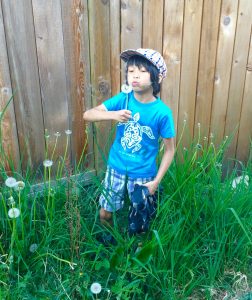
For serious gardeners and water conservationists you can get a rain barrel from New West City Hall to ensure your gardens stay fresh and green all summer long. http://www.newwestcityhall.ca
Support your local environmentalists
If you’re not up to growing your own produce you can shop at the local farmers markets like our Royal City Farmer’s Market in Tipperary Park by City Hall. RCFM operates from 3-7 PM Thursdays from May to mid October. http://www.rcfm.ca
Supporting local farmers encourages more local food production and reduces truck deliveries.
For more local earth friendly activities I suggest you consider joining the New Westminster Environmental Partners. https://nwep.ca
NWEP is working on:
- shoreline clean up
- community gardents
- parklets to help create a green and more pedestrian and cycling friendly city
- green developments – working to ensure green space for all new housing developments
- working with both home and business owners to reduce green house gas emissions and conserve energy
Alternative transportation
When travelling on local adventures with your little ones why not use alternative transportation? What kid doesn’t enjoy bus, bike and train travel and you’ll likely discover that you appreciate the outing more too, as you can chat with your kids and enjoy the scenery. There are lots of fun day trips in the Lower Mainland including, “Take Off Fridays” at YVR, Granville Island, Deer Lake Park, Stanley Park, New Westminster River Market and Pier Park, Lonsdale Quay – where you get a Seabus ride too! – and various play parks and beaches. And, if you need to stop in this summer at New West City Hall, you should bike there because then you get to park in the Mayor’s parking space. Thanks, Mayor Jonathan Cote! http://www.newwestcity.ca/2016/06/02/bike-rack-installed-in-mayors-parking-spot.php
Epic camping adventures
Now, if you’re looking for an over night getaway, then camping is your ticket to a memorable back to nature adventure. From finding your ideal spot, to preparing meals like an old time pioneer, to camp fire songs, ghost stories and smores, to waking up to the loud sounds of nature: birdsong, bug buzz and chattering squirrels (who like to throw nuts at your tent) you can’t beat camping for a unique and colourful experience which will generate interesting stories (whether you go fishing or not) that you can embellish for years to come. The bugs were HUGE!, the rain was torrential!, the hiking trails were the steepest EVER!, the view was epic! The charred hot dogs and marshmallows were awesome, and, well…you get the idea.
For local camping sites and hiking trails check out this handy guide. http://www.env.gov.bc.ca/bcparks/
So, get out there, get back into nature and let’s all do our part to help turn the dog days of summer into the green days of summer.
